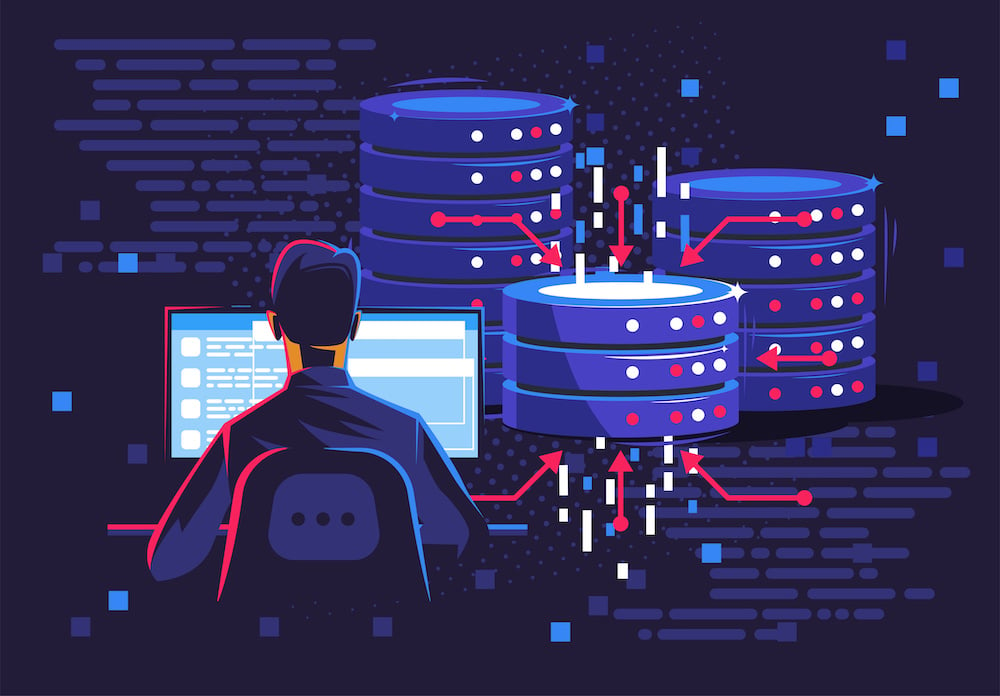Ten Things You Need to Know About Software-Defined Storage To one degree or another, object-based storage is in the future of just about every enterprise. In fact, most of the storage services in the cloud today are enabled by object-based storage systems. SwiftStack wants to make it simpler to bring object-based storage to the enterprise […]

Ten Things You Need to Know About Software-Defined Storage

To one degree or another, object-based storage is in the future of just about every enterprise. In fact, most of the storage services in the cloud today are enabled by object-based storage systems.
SwiftStack wants to make it simpler to bring object-based storage to the enterprise with the release this week of version 2.0 of its namesake object-storage software. Built on top of the Swift object storage technology that was created as part of the OpenStack cloud management framework, SwiftStack CEO Joe Arnold says object storage is a critical component of any move to software-defined storage in the cloud era.
Rather than relying on file systems that don’t scale as easily in cloud environments, Arnold says object-based storage makes it much more cost-effective to manage large volumes of data across multiple types of heterogeneous storage systems.
Of course, the biggest challenge with object-based storage is that the vast majority of applications are optimized for file systems. To facilitate that transition, SwiftStack 2.0 adds a Filesystem Gateway that integrates with CIFS and NFS-based file systems.
At the core of SwiftStack 2.0 is a software-defined storage controller that enables IT organizations to manage storage resources even when they are distributed across multiple data centers.
Finally, SwiftStack 2.0 also includes support for both Active Directory and LDAP to simplify integration with existing enterprise applications.
With a shift under way toward building private clouds that scale, it’s clear that enterprise IT organizations are going to make a transition to object-based storage. The only real issue is finding a way to make that transition with as little disruption to the existing IT environment as possible.
MV
Michael Vizard is a seasoned IT journalist, with nearly 30 years of experience writing and editing about enterprise IT issues. He is a contributor to publications including Programmableweb, IT Business Edge, CIOinsight and UBM Tech. He formerly was editorial director for Ziff-Davis Enterprise, where he launched the company’s custom content division, and has also served as editor in chief for CRN and InfoWorld. He also has held editorial positions at PC Week, Computerworld and Digital Review.









